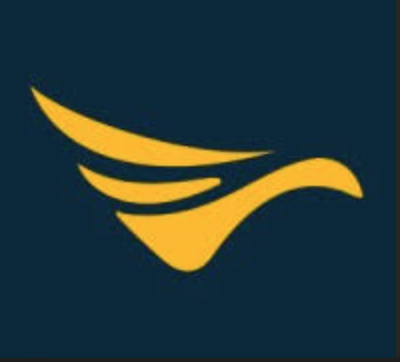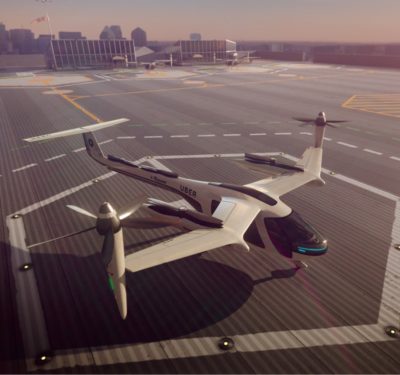
As deputy associate administrator for security and hazardous materials safety at the Federal Aviation Administration, Angela Stubblefield is a leading expert on UAS security and policy issues.
Q: How will the need for remote identification of unmanned aircraft systems (UAS) impact the implementation of drone detection?
a: So remote ID doesn’t have to come first but remote ID definitely provides information that will be useful for and complementary to detection systems. Right now the state of the art of detection systems is you can find the UAS, and depending on the system, you can potentially find the location of the controller. …Remote ID, on the other hand, is envisioned to provide information about the operator and the nature of the operation.
Q: Are drone detection and mitigation capabilities likely to be deployed simultaneously?
a: You can certainly do detection without mitigation. You can’t really do mitigation without detection because obviously you need to know what it is that you would be taking action against. …I will say that mitigation as a concept is actually prohibited under Title 18 Section 32, which prohibits anyone from disrupting, sabotaging or attacking an aircraft. And because UAS are aircraft, sort of by definition, all mitigation capabilities are legally prohibited unless you have that relief from Title 18—and currently only the Department of Defense and the Department of Energy have that authority. …There is an administration counter-UAS legislative proposal that has been informally introduced to Congress, and various committees are reviewing that to determine if other agencies and departments like DHS (Department of Homeland Security) and Department of Justice, for example, should have the same sort of relief.
Q: What kind of oversight of drone detention and mitigation will be needed?
a: Congress is being understandably and rightfully judicious in how it enables this authority or grants this authority. …In both the NDAA (National Defense Authorization Act) language as well as the legislative proposal…there are specific requirements and limitations around the collection of information associated with these activities that prescribe the length of time that information may be retained, what may be done with that information and how it needs to be protected. …In addition, there’s a proposed sunset clause that would terminate the authorities in the legislative proposal after five years unless reauthorized by Congress.
Q: It sounds like there are concerns
about the IDs of the drones.
a: It’s more around the fact that the vast majority of UAS are controlled by a cell phone or an iPad. …And obviously we all use our cell phones and tablets for a lot of things. So the intent’s to make sure that the information that’s collected is only the information relevant to that UAS operating, not inadvertently picking up part of a phone conversation or an email or a text.
Q: How will the FAA prioritize approving airspace restrictions, detection and counter drone systems?
a: We’re going to do it based on risk. So prioritizing the work that we do with our interagency partners based on those locations and operations to which UAS pose the highest risk—and address those first






